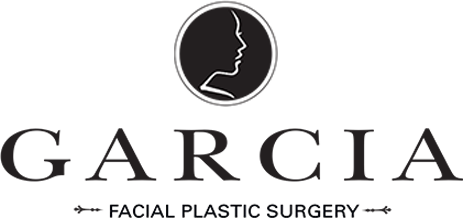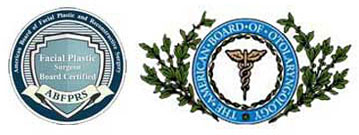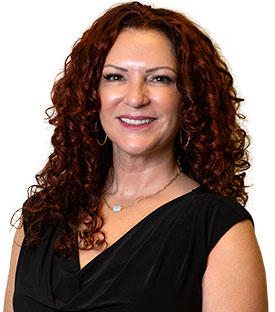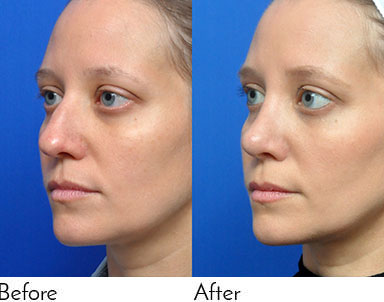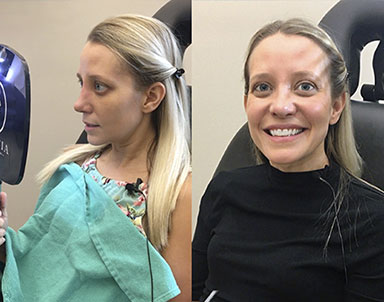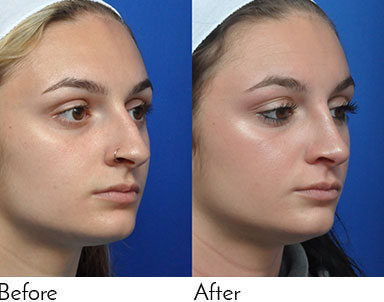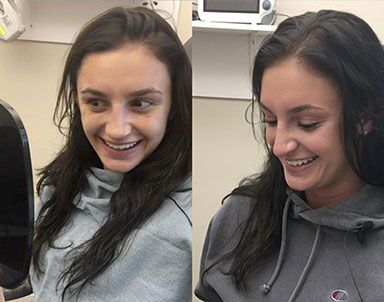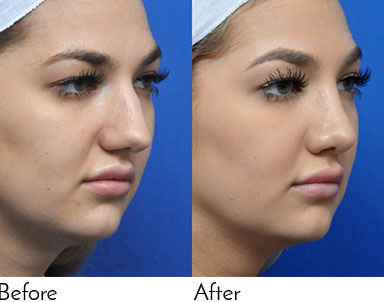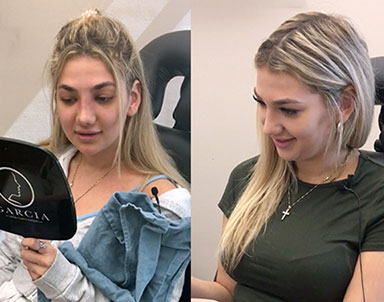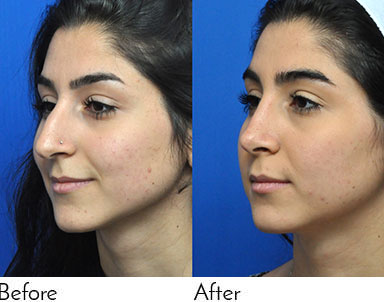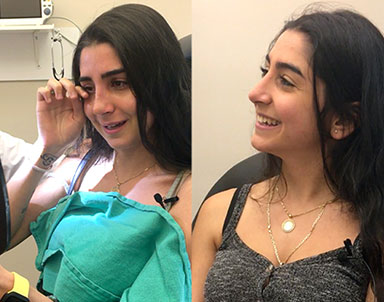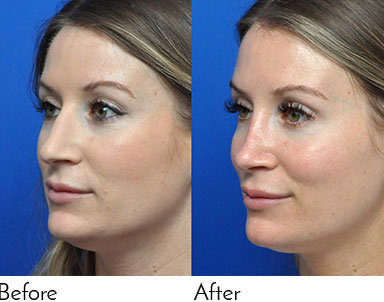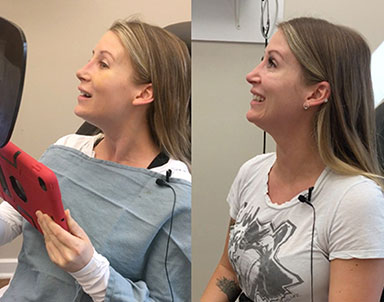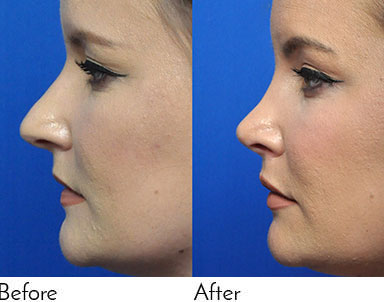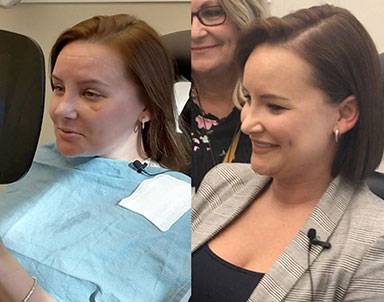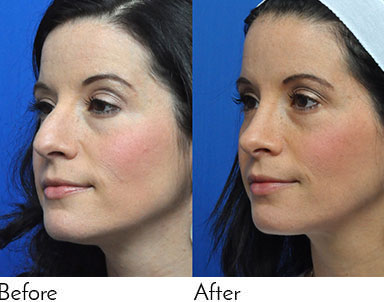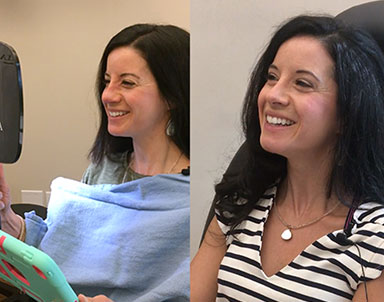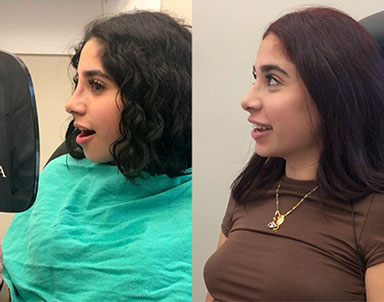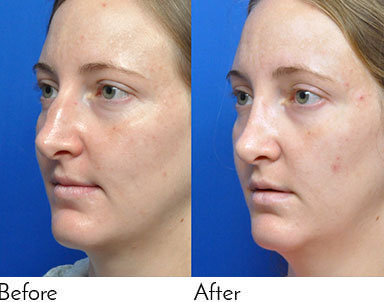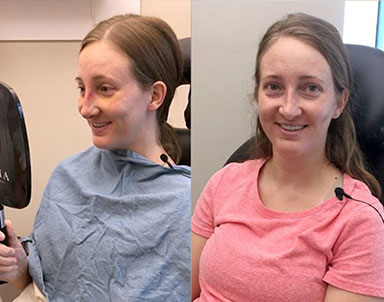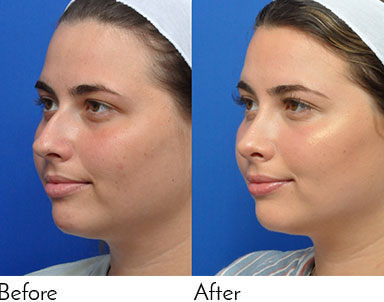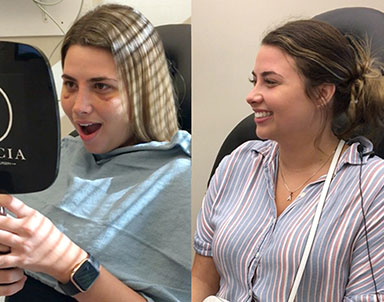Just Had Your Skin Resurfacing Treatment?
This page contains all of your post-procedure instructions. Conveniently located in Jacksonville, Garcia Facial Plastic Surgery, led by double board-certified facial plastic and reconstructive surgeon Dr. Phillip Garcia, offers skin resurfacing for men and women residing in Ponte Vedra Beach, Orange Park, Lakeside and nearby areas in North Florida.
Thinking about skin resurfacing?
Click here to see if a facelift is right for you.
Scheduled a skin resurfacing consultation?
Click here for pre-consult guidance.
Scheduled a skin resurfacing treatment?
Click here for pre-surgery instructions.
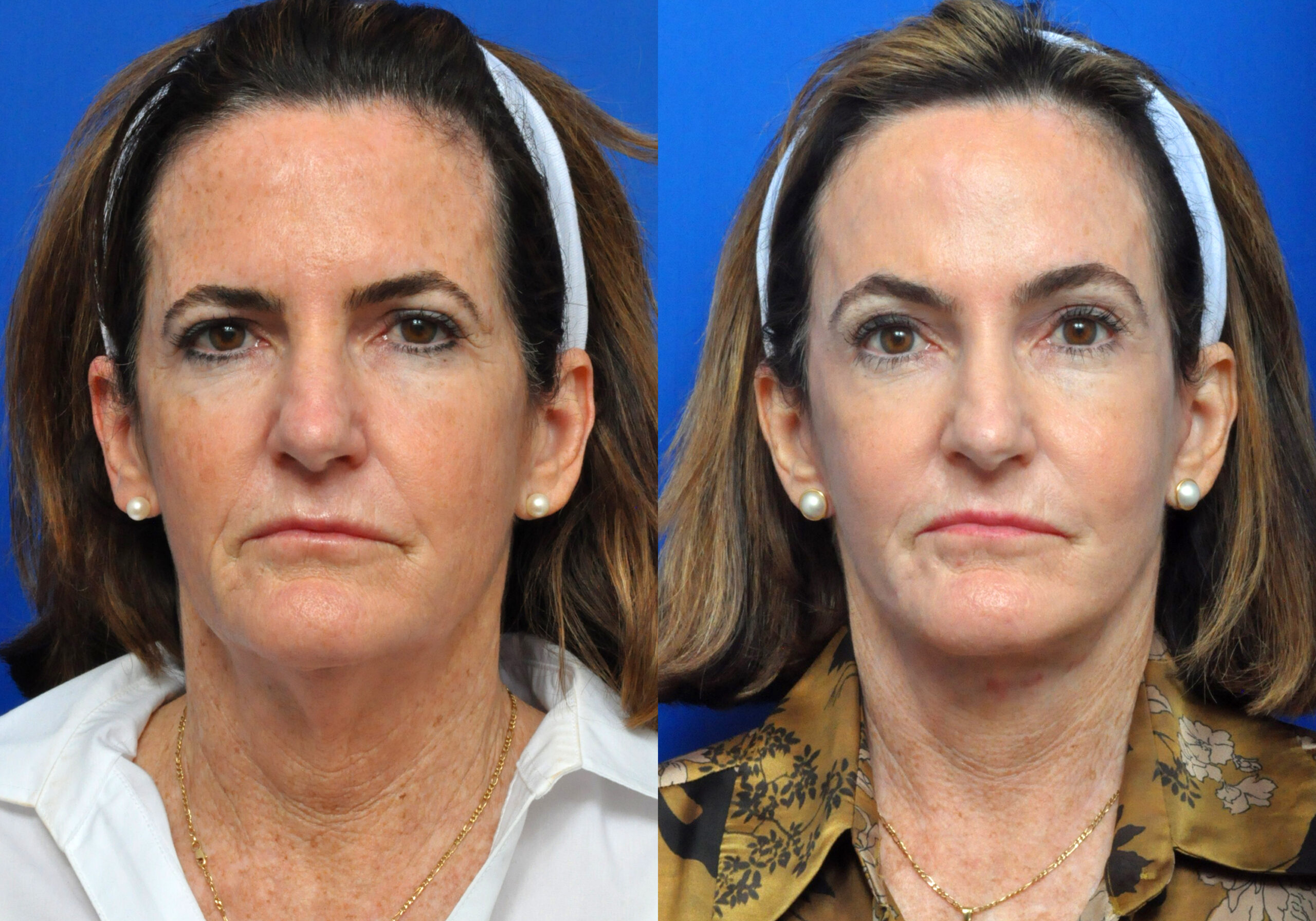 This patient received a Full Face Chemical Peel to help even her skin tone, along with her facelift, neck lift, brow lift, and fat grafting procedure.
This patient received a Full Face Chemical Peel to help even her skin tone, along with her facelift, neck lift, brow lift, and fat grafting procedure.
Recovery is perhaps the most important step of the skin resurfacing process. After having your skin resurfacing treatment, you need to take great care in the following weeks to protect the skin and let it heal as needed. Most of this involves protecting your skin from the sun and following the post-operative guidelines provided by Dr. Garcia. Keep reading to learn everything you need to know about the skin resurfacing recovery process.
Essential Surgical Documents for You to Review
Please download these essential pre surgical documents and lists of supplies
CHEMICAL PEEL POST OPERATIVE INSTRUCTIONS
DERMABRASION POST OPERATIVE INSTRUCTIONS
What is Recovery from Skin Resurfacing Like?
The recovery from skin resurfacing depends on the type and extent of the procedure. Immediately after the treatment, the skin may be red, swollen, and tender, similar to a sunburn. In some cases, the treated area may develop scabs or crusting, which will naturally slough off as the skin heals. It is important not to pick at these areas, as this can cause scarring and delay the healing process. The healing process typically takes 7-14 days, but can take longer for more aggressive treatments.
During the healing process, it is important to avoid direct sun exposure, as well as strenuous exercise and activities that cause sweating. The treated area should be kept clean and moisturized according to the instructions given by your provider. Once the skin has fully healed, the treated area may appear pink or slightly discolored for a period of time.
After Your Treatment
Dr. Garcia demonstrates the aftercare that we instruct patients to do after their resurfacing treatment. This includes any chemical peel or dermabrasion to the face.
Educational Videos
Frequently Asked Skin Resurfacing Post-Treatment Questions
How long does it take to recover from skin resurfacing?
While skin resurfacing treatments require very little downtime in terms of resting or taking time away from work, you can still expect some temporary side effects and restrictions while the skin heals. Here is a typical timeline for skin resurfacing recovery:
- Days 1-3:
- You may experience redness, swelling, and some discomfort immediately after the procedure. Your skin may also feel tight and dry. The skin will be most sensitive during this time, so it’s essential to follow the post-procedure instructions given by your provider to protect the skin.
- Days 4-7:
- Your skin will begin to peel, and the treated area may feel itchy. You should avoid scratching or picking at the peeling skin, as this can cause scarring and infection. However, most patients return to their normal activities during this time, with a few exceptions for activities that would interfere with the healing process.
- Week 1-2:
- Your skin may still be slightly pink or red, but the peeling should be mostly finished. You should continue to avoid sun exposure and use sunscreen as directed. During this time, you’ll typically have a follow up appointment with your provider to evaluate your progress.
- Weeks 2-4:
- As the skin completes the healing process and starts looking back to normal, you’ll notice that your skin looks and feels smoother and tighter. You may also notice a reduction in hyperpigmentation and acne scars, as well as an improved skin tone overall.
- Months 1-3:
- Your skin should continue to improve in texture and tone, and any remaining redness or discoloration should fade. You can resume your normal skincare routine, but be sure to avoid any harsh or abrasive products that could irritate your skin. At this time, you may choose to schedule additional treatments to improve your results or maintenance treatments to prolong them.
- Days 1-3:
How long do skin resurfacing results last?
Typically, the effects of skin resurfacing can last anywhere from several months to several years. For example, the results of a chemical peel may last up to six months, while a deeper chemical peel or laser resurfacing procedure can offer results that last several years. However, it’s important to note that skin aging and damage can still occur after the procedure, and patients should continue to protect their skin from sun exposure and maintain a healthy skincare regimen to prolong the results of their treatment.
What activities should I avoid during skin resurfacing recovery?
During skin resurfacing recovery, it’s important to avoid certain activities to ensure proper healing and prevent complications. Here are some activities to avoid:- Sun exposure, which can damage the skin and increase the risk of complications
- Swimming and hot tubs, which put the skin at risk of infection
- Heavy exercise, which can increase blood flow and lead to increased swelling, slowing down the healing process
- Scratching or picking at the skin, which can cause scarring and delay the healing process
- Smoking and alcohol, which can delay healing and increase the risk of complications
- Using harsh skincare products, which can irritate the skin and slow down the healing process

